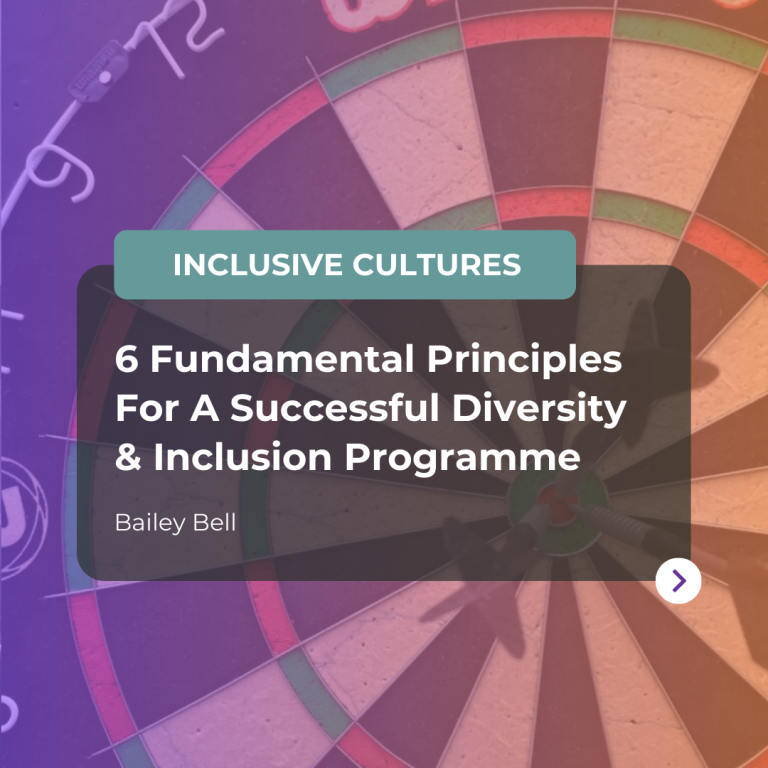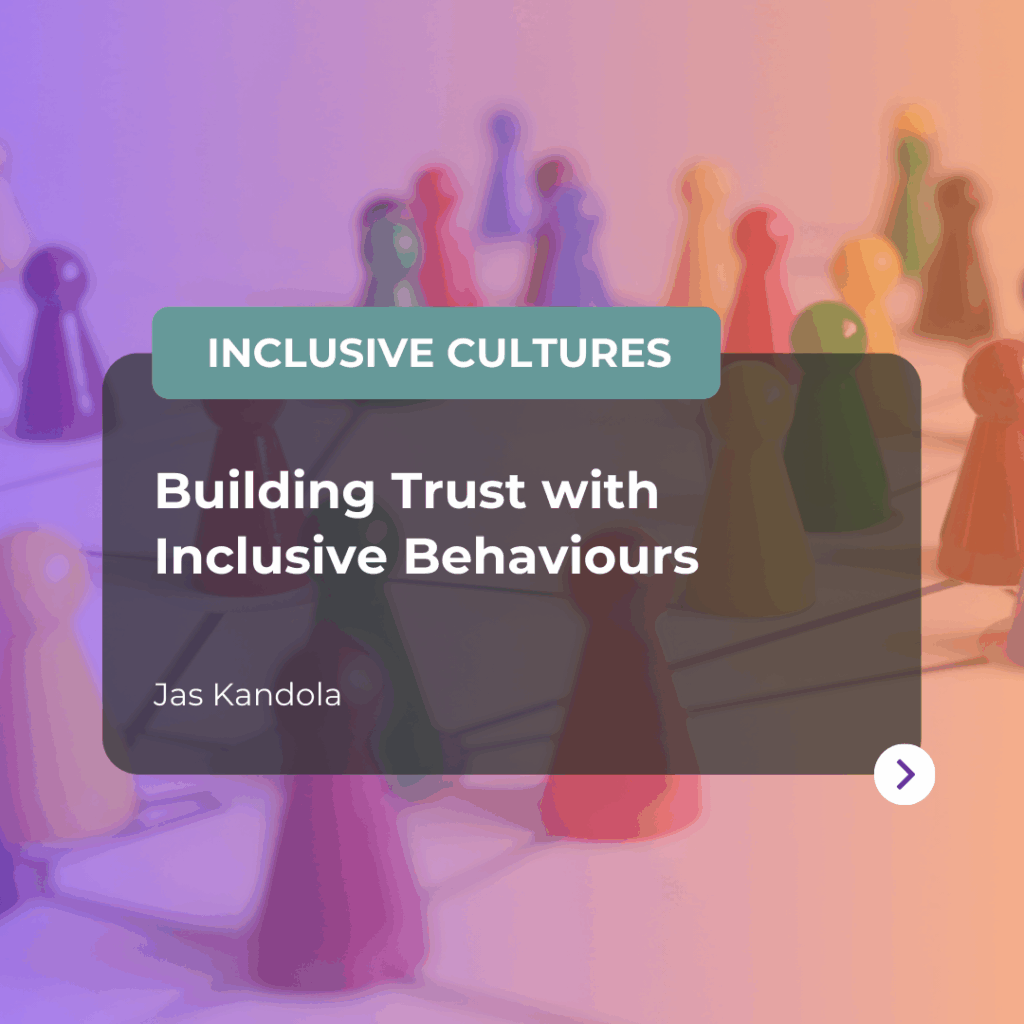Creating a diverse and inclusive workplace is essential for the success of any organisation. When employees feel valued and included, they are more likely to be engaged, productive, and committed to the company’s goals.
This article explores six key principles for developing and implementing a successful diversity and inclusion (D&I) programme. By following these principles, you can ensure your efforts are effectively fostering an inclusive culture where everyone can thrive.
1. Commit to investing in D&I
It can be difficult to get excited about a programme when you feel the organisation is just going through the motions and is giving a half-hearted effort. This is often shown through a lack of budget and/or resources.
Plan budgets and resources for D&I objectives alongside personal development and establish how these objectives will be funded and supported. If unsure of where to start or the required investment, a D&I Review can guide you and prevent wasted time and effort on unsuitable interventions.
2. Involve senior leaders
Programmes are most effective in achieving behavioural change when they are backed by senior leaders.
Encourage them to champion and advocate for D&I, sharing their own experiences and explaining how the D&I intervention can drive change, in the same way that you would ask a senior leader to talk about their journey to their senior position in the organisation.
It helps to see leaders discussing the challenges they’ve faced with D&I, what they are personally doing, and how they believe the D&I intervention can drive change.
3. Communicate effectively
I have worked with many well-intentioned HR Directors and D&I Heads who are eager to get a D&I programme started but fail to consider how they will communicate the aims of the programme and what it will entail. This leads to some not seeing the point and others being disgruntled about the time commitment.
Take time to collaborate with your communications team and D&I partner to develop a strategy that gets staff excited about the programme. Clearly link the programme’s aims to your organisation’s vision and consider hosting a launch event to highlight the current state of D&I and the programme’s goals.
4. Offer personalised feedback
Motivation to act increases when we receive clear feedback on our strengths and areas for development. D&I programmes should give individuals insight into their inclusivity, transforming abstract concepts into tangible behaviours for improvement.
5. Combine theory with plenty of time for discussion and practice
One of the things people love about our programmes is the ability to discuss and/or practice scenarios and receive feedback. Research also suggests that those who have the opportunity to apply their learning are more likely to engage and display behaviour change after training.
Therefore, when developing programmes, ensure that it is not too theory-heavy and allows the opportunity for practical application.
6. Celebrate achievements
Finally, highlight the benefits of your initiatives to encourage participation. Share successes through newsletters, testimonials, town hall briefings, etc. Whatever method you decide, ensure you are consistent.
Implementing a successful D&I programme requires a comprehensive approach that addresses various aspects of your organisation’s culture, policies, and practices.
Remember, diversity and inclusion are not just essential ingredients for the long-term success of your organisation – they are the willingness to create a fair workplace for everyone.
If you’re looking for expert guidance to successfully design and implement your D&I programme, please contact info@pearnkandola.com






